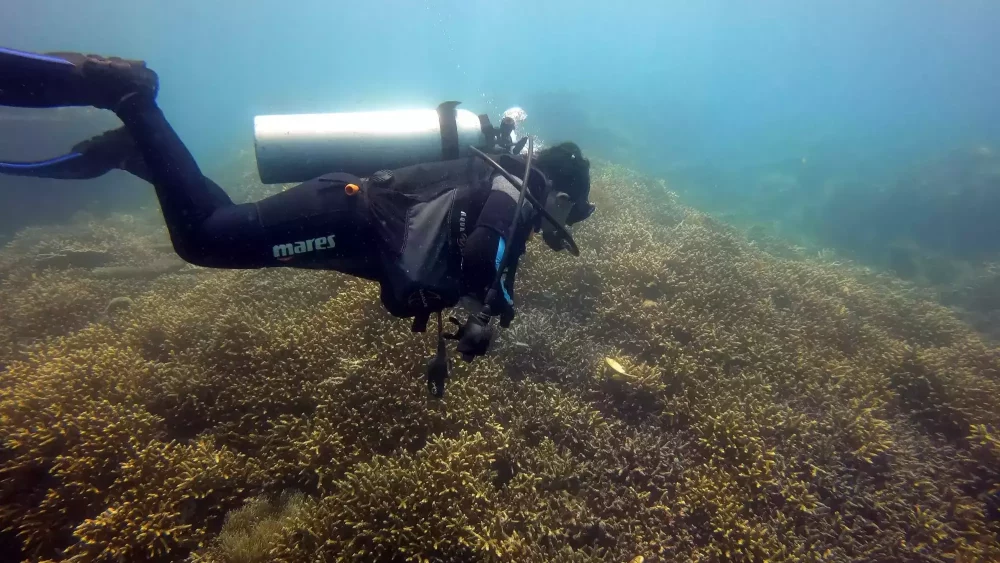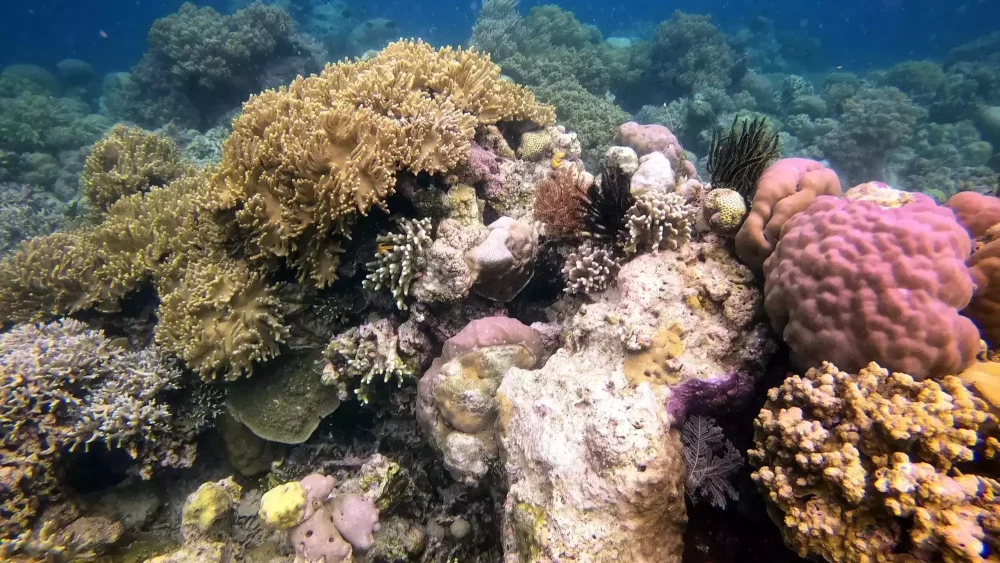Breathing is a fundamental aspect of our existence, but when it comes to scuba diving, it takes on a whole new level of significance. Whether you’re an experienced diver preparing for exams, a beginner taking your first plunge, or someone with a keen interest in the subject, mastering controlled respiration is essential for safe and enjoyable scuba diving. In this guide, we’ll explore the science behind breathing, techniques to control it, and the profound benefits of maintaining a steady breath underwater.
The Science of Breathing
Breathing, scientifically known as respiration, is the process by which our bodies exchange gases with the environment. It involves inhaling oxygen and exhaling carbon dioxide. Here’s a simplified breakdown of the process:
- Inhalation: When you inhale, your diaphragm contracts, and your chest cavity expands. This creates negative pressure, drawing air into your lungs.
- Exhalation: Exhalation is a passive process. Your diaphragm relaxes, and the elastic recoil of your lung tissue expels air.
Why Controlled Breathing Matters
In scuba diving, controlled respiration is a critical skill with numerous benefits:
- Gas Conservation: Controlled breathing reduces your air consumption, allowing for longer dives.
- Buoyancy Control: Steady inhalations and exhalations help maintain neutral buoyancy.
- Stress Management: Controlled breathing helps calm the mind and reduce anxiety.
Techniques for Controlled Respiration
Here are some techniques to master controlled breathing while scuba diving:
1. Diaphragmatic Breathing
- Technique: Breathe from your diaphragm rather than shallow chest breaths. Inhale deeply, allowing your abdomen to rise, then exhale fully.
- Benefits: This technique maximizes oxygen intake and minimizes CO2 buildup.
2. Rhythmic Breathing
- Technique: Establish a regular breathing pattern. For example, inhale for four counts and exhale for four counts.
- Benefits: A steady rhythm promotes relaxation and helps maintain buoyancy.
3. Buddy Breathing
- Technique: In emergency situations, share air with your buddy using a single regulator.
- Benefits: This technique can save lives in the event of an out-of-air emergency.
4. Mindful Breathing
- Technique: Practice mindfulness and focus on your breath. Pay attention to the rhythm and depth of each inhalation and exhalation.
- Benefits: Mindful breathing enhances self-awareness and reduces stress underwater.
Problems with Uncontrolled Breathing
Uncontrolled breathing while scuba diving can lead to various issues:
- Rapid Air Consumption: Shallow, fast breaths deplete your air supply quickly.
- Buoyancy Problems: Inconsistent breathing can make it challenging to maintain neutral buoyancy.
- Stress and Anxiety: Erratic breathing may increase stress and anxiety, affecting your overall dive experience.
Reasons for Uncontrolled Breathing
Several factors can cause uncontrolled breathing during a dive:
- Anxiety: Anxiety or nervousness can lead to rapid, shallow breaths.
- Physical Exertion: Strenuous swimming or physical activity can result in faster breathing.
- Inexperience: Beginners may struggle with breath control until they gain more dive experience.
Conclusion
Breathing is not just an automatic bodily function; it’s a skill to be mastered for safe and enjoyable scuba diving. Whether you’re an experienced diver, a beginner embarking on your underwater journey, or someone captivated by the subject, controlled respiration is vital. By understanding the science behind breathing and practicing techniques for controlled respiration, you can make the most of your dives, conserve air, maintain buoyancy, and reduce stress. Breathe easy, dive confidently, and experience the wonders of the underwater world with calm and mastery.

